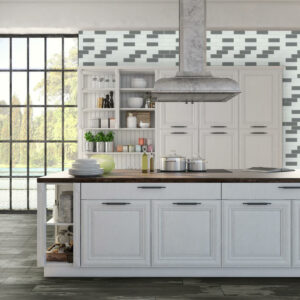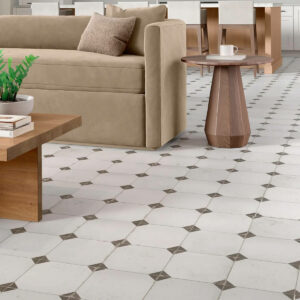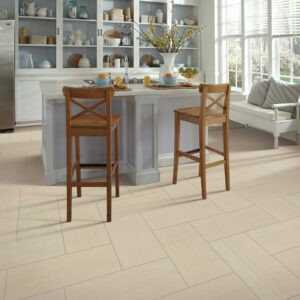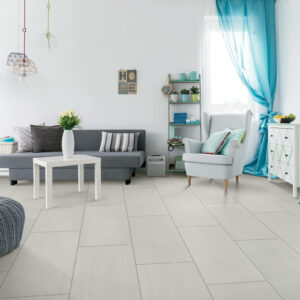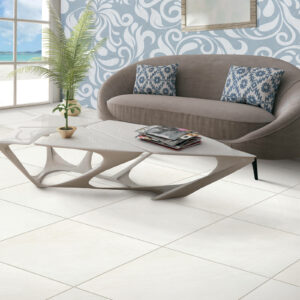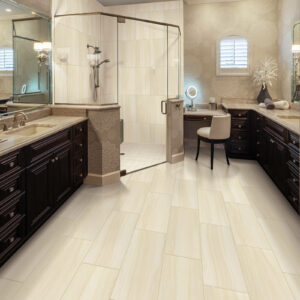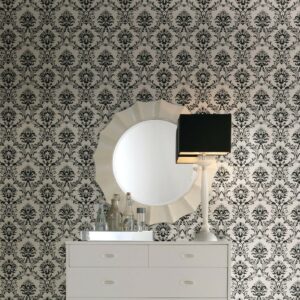Tile Gallery
When you love the classic appeal of tile, it’s time to get inspired with the selection at SP Floors & Design Center.
Find Your Tile Inspiration
SP Floors & Design Center is one of the premier destinations for elegant tile in McMurray, PA and the greater Pittsburgh area.
Explore these attractive room scenes and bring your favorite ideas to our experienced staff with over 40 years of combined experience.

